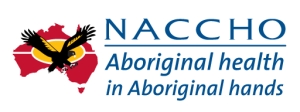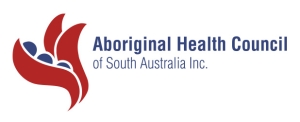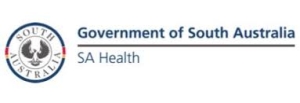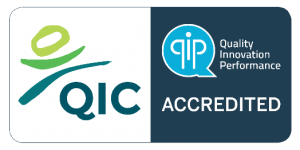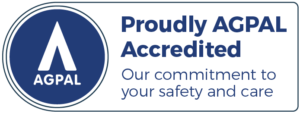History of Umoona Tjutagku Health Service Aboriginal Corporation
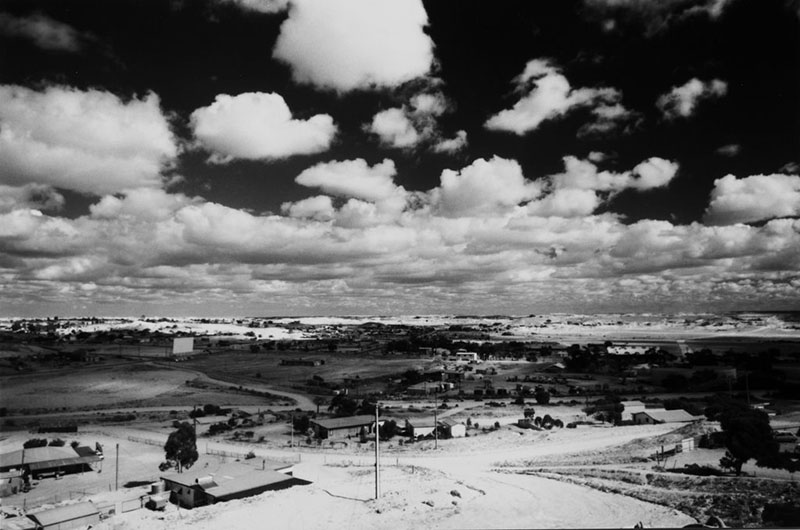
From the writings of Vicki McCormack, Aboriginal Health Nurse 1998
Prior to 1975/76 access to Coober Pedy health services for all residents, including Aboriginal people was through the local hospital, with the added support of the Royal Flying Doctors Service and several local nurses. The hospital was built by the local Coober Pedy Progress Association through Drive-in Takings and staffed by the Bush Church Aid (outreach of Anglican Church) until 1977 when it was handed over to South Australian Health council.
I commenced as a Community Health nurse, in May 1977, and was asked by a matron of the hospital to take on the services of immunization and CAFHS for the whole town. Later in 1977 I was told by Aboriginal Health Council (AHU) staff to look around for an Aboriginal Health Worker to be trained in Primary Health. After enquiring for a number of people with no willingness shown (it was a new concept to the community), a reluctant 35 year old lady with no formal education agreed to ‘try it out’. She proved an invaluable asset to the service having excellent language skills (several languages), respect in the community, knowledge of the family units, and good liaison with non-Aboriginal people, good example in life style and care of many neglected children. Her husband was the ‘unelected’ leader in the community. Dorothy Lennon (deceased) studied, trained and was awarded a Primary Health Certificate after two years.
In 1980 a submission for a Community Health nurse to be employed for non-Aboriginal people which was accepted. I then handed over my CAFHS and immunisation clinic and we used their services for the Aboriginal people.
This worked very well until a scheme for Aboriginal support of hospital clients was cut. From those women two went on to train as enrolled nurses and one woman, Lillian Fatt is still nursing in the hospital – she was especially chosen and asked by the hospital to train as an enrolled nurse and become a permanent hospital employee. I believe it is in valuable having a number of trained/training casual health workers as the learning and skills they gain can be carried back into their community. In approximately 1986 discussions began with the community on their feelings for a local community controlled health service. It wasn’t until 1993/94 that Tim Angus CEO of Aboriginal health council took up the idea again and from the community action/interest was regenerated.
The Community Health unit developed to an organisation then a council. Ian Crombie, Robin Walker, with Sister Vicki were on the 1996 interim steering committee formed to facilitate the development of the new Health Service.
Umoona Tjutagku Health Service, with its own Director and Board of Management became a community owned incorporated association in 1997. The biggest thanks go to the Aboriginal Health Unit organisation- the now council staff and co-workers for all their support, encouragement and directions over many good and some rough patches, you all kept us going.

